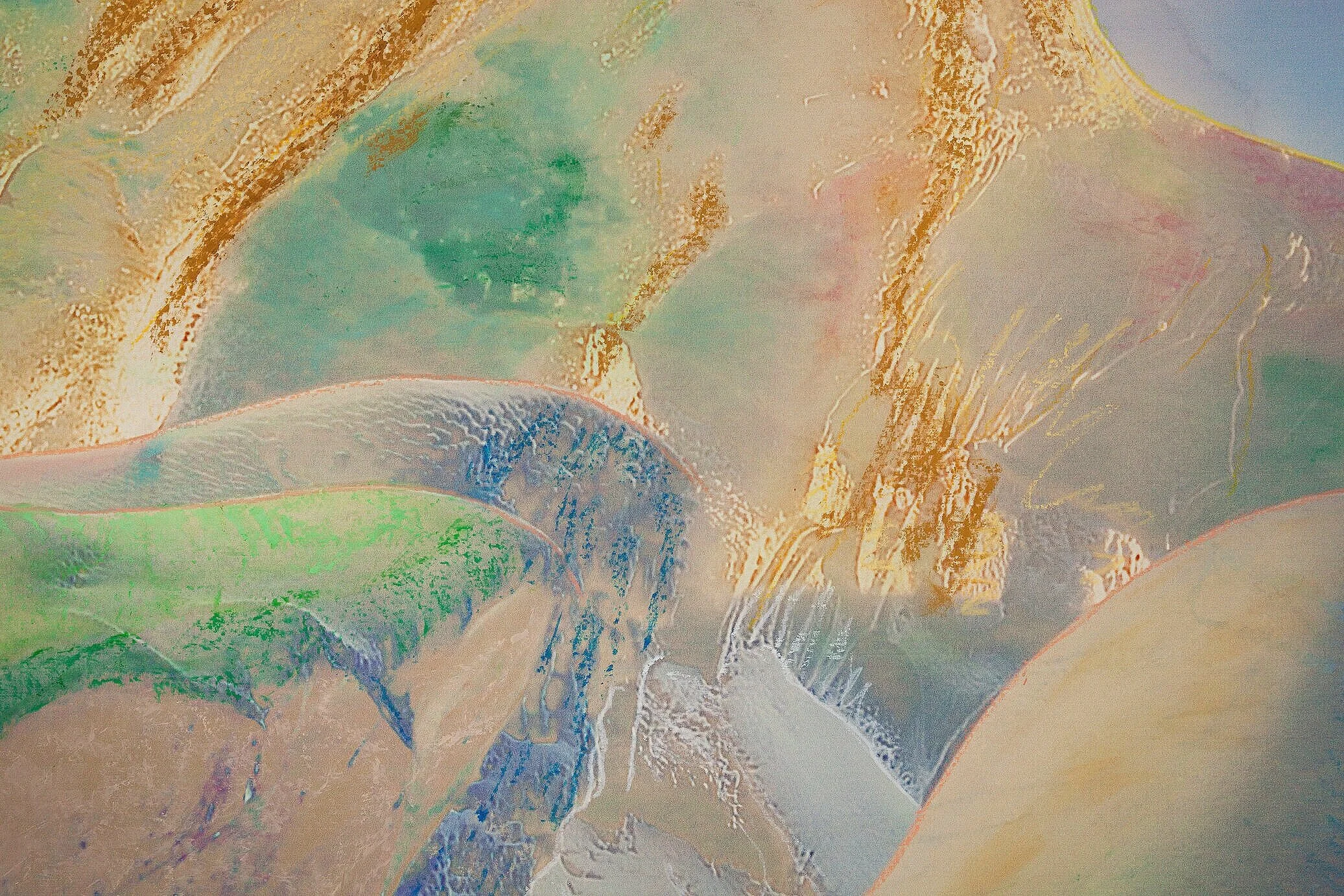
Beyond the Oecumene
2019 - 2023
Across the globe, human development has left an indelible mark on nature and climate, ushering in significant changes. Concerns about rising global temperatures, warming oceans, glacial retreat, sea level rise, and ocean acidification underscore fundamental challenges confronting humanity. Thus, geography should not be perceived merely as an Earth descriptor; rather, it should be understood in the context of humanity's history, our interactions with the planet's surface, and the profound impact we have wielded upon the world.
Beyond the Oecumene delves into the realm of anthropogeography, examining the geographical distribution of humankind and the intricate relationship between humans and their environment. However, this series diverges from traditional depictions, deliberately eliminating any portrayal of human dominance, instead exploring a world before or beyond the ascendency of civilization. Here, visual abstractions reimagine a world where nature reigns supreme, untouched, unspoiled, and in a state of pure harmony.
Each artwork in Beyond the Oecumene has a digital counterpart, employing image-editing software to craft digitally generated impressions superimposed onto selected images. This process results in abstracted visual compositions printed on aluminum, mirror Dibond, or canvas. The final touch involves hand-drawn motifs in wax pastels and/or aquarelle, adding layers to illustrate an atmospheric realm infused with ethereal elements. References to nature and landscapes offer a sense of familiarity, but the series challenges viewers with illusory features. Structured Plexiglas positioned on the surface introduces optical distortion, prompting a pause for observation. As the pictorial elements gradually emerge, viewers navigate a visual narrative where the real and unreal seamlessly converge. This interplay encourages contemplation, inviting individuals to reorient themselves within a world where the tangible and the fantastical coexist.
-
As a side note: The oecumene (Greek: οἰκουμένη, oikouménē, lit. "inhabited") was an ancient Greek term for the known, the inhabited, or the habitable world. Under the Roman Empire, it came to refer to civilisation as well as the secular and religious imperial administration. In present usage, it is most often used in the context of "ecumenical" and describes the Christian Church as a unified whole, or the unified modern world civilisation. Additionally, it is also used in cartography to describe a type of world map used in late Antiquity and the Middle Ages.



























































